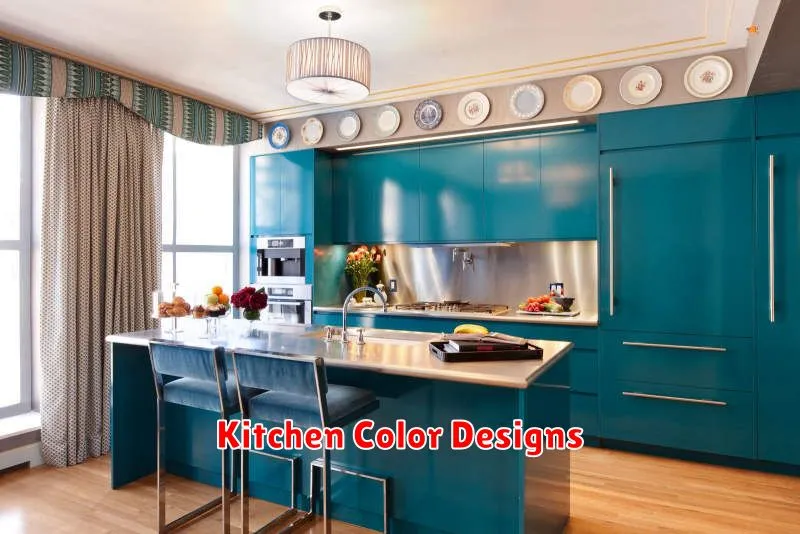Ready to revamp your kitchen? Choosing the right color scheme can completely transform the space, impacting everything from your mood to how you feel about cooking. This article explores 10 modern kitchen color schemes that are both stylish and practical. Whether you’re aiming for a sleek and minimalist look, a warm and inviting atmosphere, or a bold and dramatic statement, we’ve got the perfect kitchen color ideas to inspire your next home renovation. Get ready to discover the best modern kitchen paint colors and cabinet color combinations to create your dream kitchen!
Monochrome Black and White
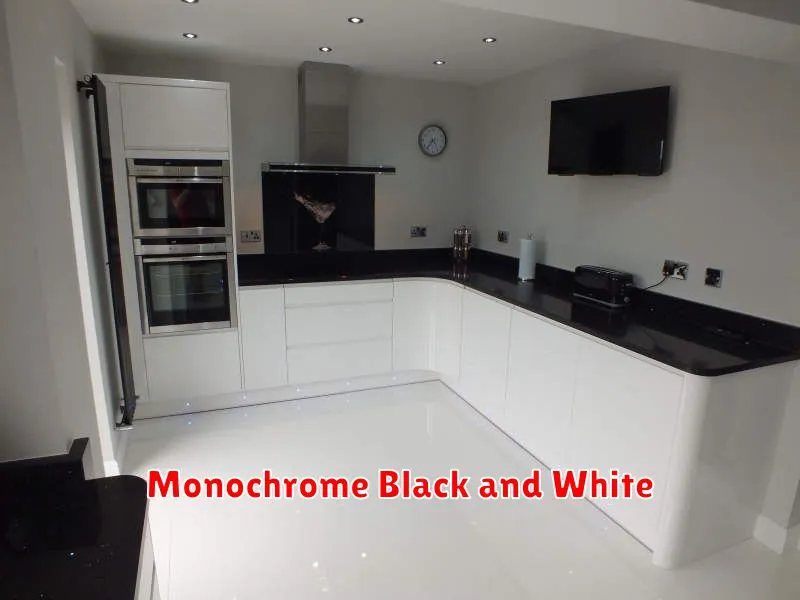
Monochrome photography, often simply called black and white, is a timeless art form that continues to captivate audiences worldwide. More than just the absence of color, it’s a powerful medium that emphasizes light, shadow, texture, and composition in a way that color photography sometimes obscures.
The beauty of monochrome lies in its ability to distill an image to its essential elements. By stripping away the distractions of color, the photographer forces the viewer to focus on the emotional impact of the subject matter. A simple grayscale image can evoke a wide range of feelings, from serene tranquility to intense drama, depending on the photographer’s skill and vision.
Technical aspects also play a crucial role in achieving stunning monochrome results. Understanding how contrast, tonal range, and grain affect the final image is vital. Mastering these elements allows photographers to create images with a specific mood and atmosphere.
Furthermore, the post-processing of monochrome images offers a unique level of creative control. Selective adjustments to contrast, brightness, and sharpness can dramatically enhance the impact of the photograph. Sophisticated techniques like dodging and burning can further refine the image, creating areas of emphasis and drawing the viewer’s eye to specific points of interest.
Whether captured digitally or on film, monochrome photography remains a compelling and relevant artistic expression. Its enduring appeal stems from its ability to transcend trends and connect with viewers on a visceral and emotional level. The simplicity of black and white often reveals a complexity of meaning that is often missed in a world saturated with color.
Ultimately, the magic of monochrome photography lies in its power to tell a story through the subtle interplay of light and shadow, tone and texture. It’s a testament to the enduring power of visual storytelling, a timeless technique that continues to inspire and challenge photographers of all levels.
Natural Wood Tones
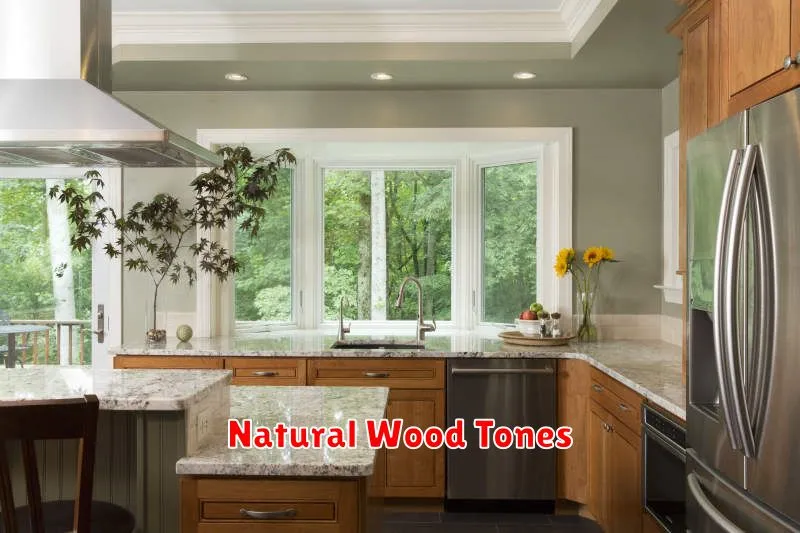
Natural wood tones are experiencing a resurgence in popularity in interior design, offering a warm, inviting, and versatile aesthetic that complements a wide range of styles. From rustic farmhouse chic to sleek modern minimalism, the inherent beauty of wood makes it a timeless choice.
The appeal lies in the versatility of wood tones. Lighter shades, like blonde or maple, create a bright and airy feel, perfect for smaller spaces or rooms that lack natural light. They offer a clean, contemporary look and pair beautifully with white or pastel accents.
In contrast, darker tones such as walnut or cherry bring a sense of sophistication and richness. These deeper hues add depth and warmth, ideal for creating a cozy and inviting atmosphere in living rooms or dining areas. They can be paired with bold colors or metallic accents for a dramatic effect.
Beyond the color, the grain of the wood itself adds unique character and texture. Each piece of wood possesses its own distinctive pattern, ensuring that no two pieces are ever exactly alike. This natural variation adds a layer of authenticity and visual interest that mass-produced materials often lack.
Sustainability is another key factor driving the trend towards natural wood tones. As concerns about environmental impact grow, consumers are increasingly seeking out materials with a lower carbon footprint. Responsibly sourced wood, certified by organizations like the Forest Stewardship Council (FSC), provides a sustainable and ethical option.
Whether you choose light or dark, smooth or textured, the use of natural wood tones in your home offers a multitude of benefits. From the visual appeal to the tactile experience and the sustainable sourcing options, natural wood remains a classic choice that continues to resonate with designers and homeowners alike.
Muted Green Accents
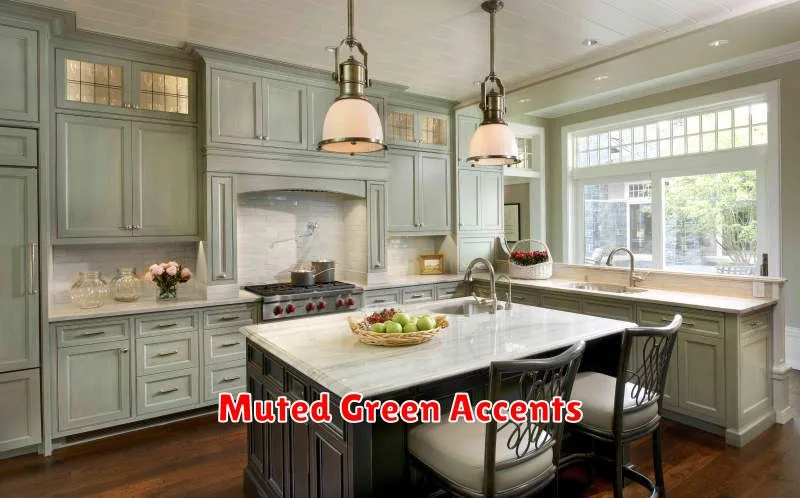
Adding pops of muted green to your home decor is a fantastic way to introduce a touch of nature’s calmness without overwhelming the space. This versatile color palette offers a wide range of options, from soft sage to deep forest hues, allowing you to seamlessly incorporate it into various styles.
One of the easiest ways to incorporate muted green accents is through textiles. Think plush emerald green throw pillows on a neutral sofa, a sage green rug grounding a living room, or soft olive green curtains filtering sunlight. These subtle additions can instantly elevate a room’s ambiance and create a sense of tranquility.
Accessories also play a significant role. Consider introducing muted green through decorative objects such as vases, candles, or picture frames. A collection of succulents in muted green ceramic pots can add a touch of organic beauty, while a simple green glass vase filled with fresh flowers introduces a vibrant yet calming element.
For a more bold statement, consider painting an accent wall in a muted green shade. This works particularly well in bedrooms or living rooms, providing a calming backdrop that promotes relaxation. Remember to choose a shade that complements your existing furniture and decor.
When incorporating muted green accents, it’s important to consider the overall aesthetic you’re aiming for. Pairing it with natural materials like wood and rattan creates a rustic and earthy feel, while pairing it with metallic accents like brass or gold provides a sophisticated and elegant touch. The possibilities are endless!
Ultimately, incorporating muted green accents into your home allows you to create a serene and inviting atmosphere. It’s a versatile color that can be easily adapted to suit various styles and preferences, offering a refreshing and natural touch to any living space.
Navy Blue and Gold
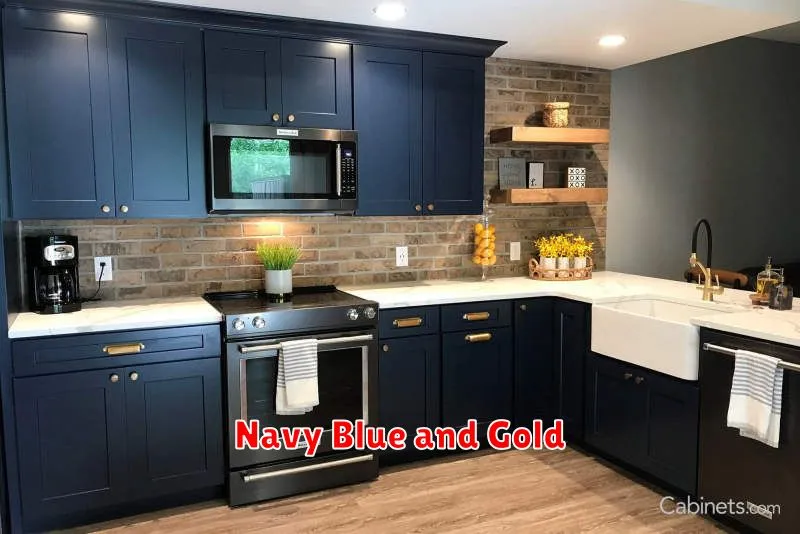
Navy blue and gold is a classic color combination that exudes sophistication and elegance. It’s a pairing that works beautifully in a variety of contexts, from formal events to everyday wear. The rich depth of navy provides a grounding base, while the shimmering brilliance of gold adds a touch of luxury and warmth.
The versatility of this duo is truly remarkable. Imagine a navy blue suit paired with gold cufflinks – instantly polished and professional. Or picture a gold necklace elegantly complementing a navy blue dress – effortlessly chic and stylish. The possibilities are endless, making it a go-to palette for designers and fashion enthusiasts alike.
Beyond fashion, navy blue and gold find their place in home décor as well. A navy blue wall accented with gold picture frames and decorative pieces creates a sophisticated and inviting atmosphere. Gold accents on navy blue furniture add a touch of glamour, making any room feel more opulent and luxurious.
The contrast between the deep, calming navy and the bright, energetic gold creates a visually appealing balance. The navy offers a sense of stability and quiet confidence, while the gold injects vibrancy and a touch of drama. This dynamic interplay makes the combination particularly captivating.
Whether you’re planning a wedding, designing a logo, or simply updating your wardrobe, consider the timeless elegance of navy blue and gold. Its enduring appeal and versatility ensure it will remain a stylish choice for years to come. It’s a combination that speaks of quality, refinement, and enduring style, making it a truly iconic pairing.
Bright Yellow Highlights
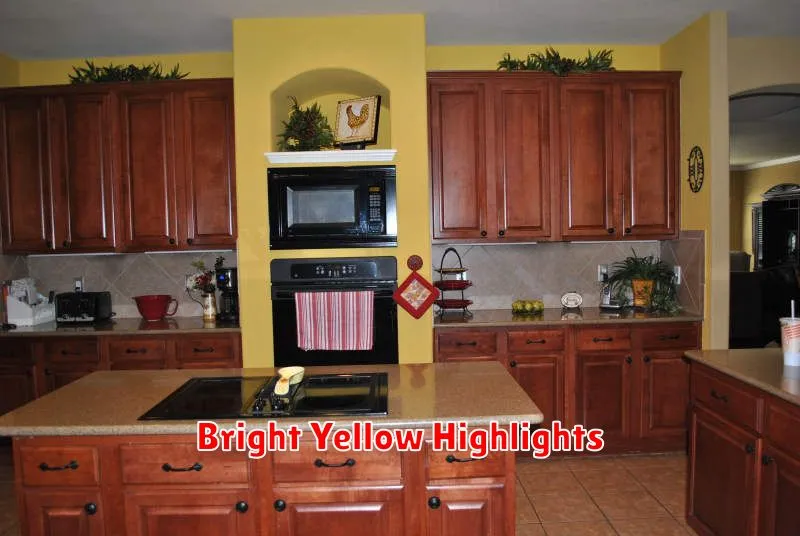
Bright yellow is a vibrant and attention-grabbing color. Its boldness makes it a popular choice for highlighting important information or adding a pop of energy to a design. However, its intensity also means it needs to be used thoughtfully to avoid overwhelming the viewer.
In graphic design, bright yellow highlights are often used to draw the eye to specific elements, such as calls to action or important text. Consider the context; in a minimalist design, a small touch of yellow can be incredibly effective. Conversely, in a busy design, too much yellow can lead to visual clutter and make the intended message less clear.
The psychology of color plays a significant role in how we perceive yellow. It’s often associated with happiness, optimism, and energy. This makes it suitable for brands aiming to project a cheerful and positive image. However, it can also be associated with caution or warning, depending on its application and the surrounding context. For example, many traffic signs utilize bright yellow to indicate potential hazards.
When considering using bright yellow highlights, think about the overall aesthetic. Pairing it with complementary colors like blues or purples can create a visually appealing contrast. Using it sparingly can make it even more impactful. Conversely, a large expanse of bright yellow might be too jarring, especially on a website or printed material. Always test different shades and placements to find the optimal balance.
Ultimately, the success of bright yellow highlights depends on careful consideration of the design and its intended purpose. Used strategically, it can be a powerful tool to enhance readability, draw attention, and create a memorable visual experience. But used carelessly, it can be distracting and detrimental to the overall design.
Grey and Rose Gold
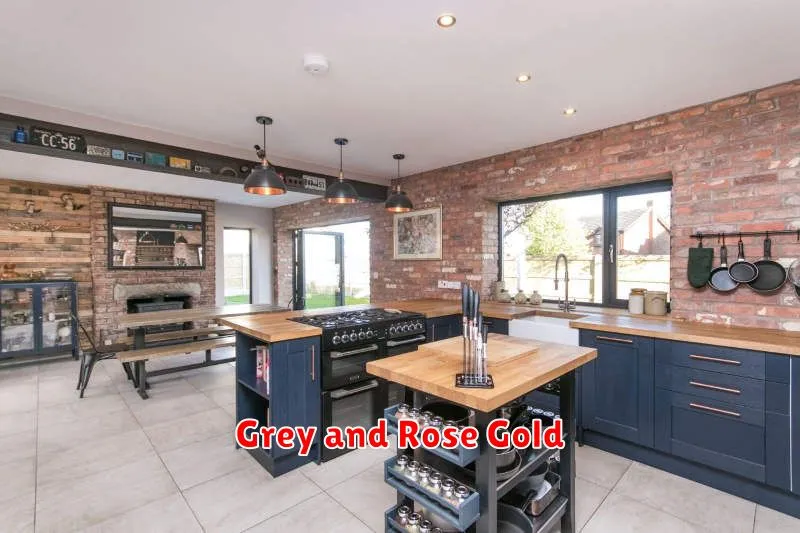
The combination of grey and rose gold is a surprisingly versatile and stylish pairing. It offers a unique blend of cool and warm tones, creating a sophisticated and modern aesthetic that works well in a variety of settings.
Grey, a neutral powerhouse, provides a calming and elegant backdrop. Its versatility allows it to complement a wide spectrum of colors, but paired with rose gold, it takes on a new level of chic. The subtle, muted tones of grey beautifully highlight the warm, romantic glow of rose gold, preventing it from feeling overly flashy or saccharine.
This color combination is particularly effective in interior design. Imagine a grey living room accented with rose gold throw pillows, lamps, or picture frames. Or, consider a grey kitchen with rose gold hardware on the cabinets and appliances. The effect is both luxurious and understated.
Beyond home décor, the grey and rose gold palette translates beautifully into fashion and accessories. Think of a grey sweater paired with rose gold jewelry, or a rose gold watch complementing a grey outfit. The contrast is striking yet harmonious, creating a look that is both effortless and elegant.
The key to successfully using this color combination lies in finding the right balance. Too much rose gold can overwhelm the grey, while too much grey might diminish the rose gold’s impact. Experiment with different shades and intensities to find the perfect harmony that suits your personal style and the specific application.
Whether you’re designing a room, choosing an outfit, or simply looking for a sophisticated color palette, the pairing of grey and rose gold offers endless possibilities for creating a uniquely stylish and timeless look. Its subtle elegance makes it a truly versatile and captivating choice.
Charcoal and White Combo
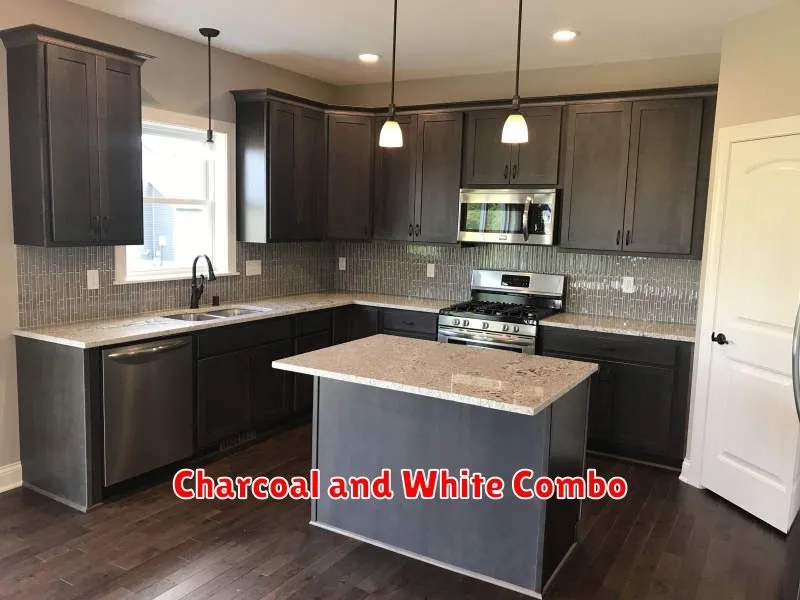
The charcoal and white combo is a timeless classic, offering a sophisticated and versatile palette for any design project. Its inherent elegance stems from the powerful contrast between the dark, moody charcoal and the crisp, clean white.
Charcoal, a deep gray with subtle hints of black, adds a sense of drama and richness. It evokes feelings of sophistication, stability, and even a touch of mystery. Used strategically, it can ground a space and create a sense of calm amidst the busyness of life.
White, on the other hand, provides the perfect counterpoint. Its lightness and brightness offer a sense of airiness and spaciousness. It reflects light, making rooms feel larger and brighter, and acts as a blank canvas for other design elements to shine.
The beauty of this pairing lies in its adaptability. It works seamlessly across a variety of design styles, from modern minimalist to classic traditional. In a modern setting, charcoal and white can create a sleek, contemporary aesthetic. In a more traditional space, it lends a touch of understated elegance.
Consider these applications: a charcoal grey sofa paired with white walls and crisp linen cushions; a white kitchen contrasted with charcoal countertops and cabinetry; a charcoal accent wall in a bedroom complemented by white bedding and furniture.
Beyond its visual appeal, the charcoal and white combination offers practical advantages. The dark charcoal helps to hide dirt and stains, while the white maintains a sense of cleanliness and brightness. This makes it an especially smart choice for high-traffic areas or homes with children and pets.
Ultimately, the charcoal and white pairing is a winning formula. It’s a versatile, sophisticated, and practical choice that can elevate any space. Whether you’re designing a room, a wardrobe, or a logo, this classic combination offers endless possibilities.
Matte Black and Metallics
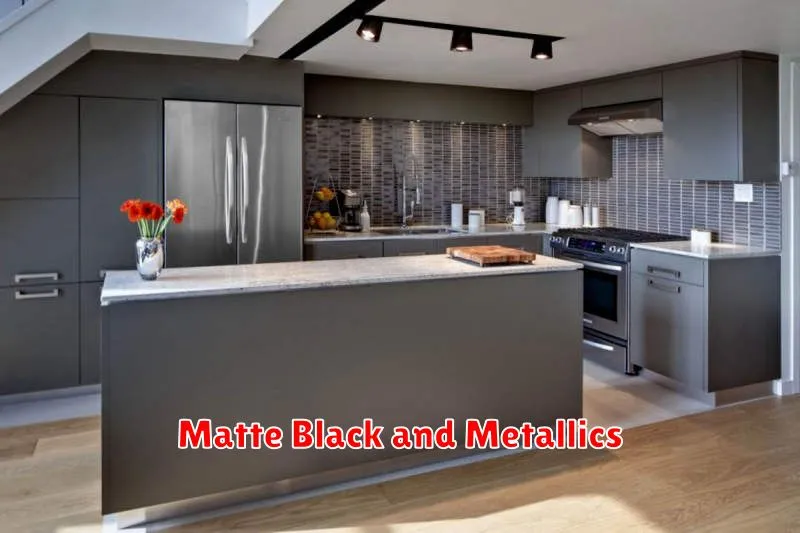
The combination of matte black and metallic accents is a trend that continues to dominate interior design. This powerful pairing offers a sophisticated and modern aesthetic, effortlessly blending sleek minimalism with luxurious touches.
Matte black provides a grounding, neutral backdrop. Its subdued texture absorbs light, creating a sense of depth and calm. This makes it the perfect canvas for the striking contrast and visual interest provided by metallics.
The choice of metallic is key. Gold offers a touch of opulence and warmth, while silver brings a cooler, more contemporary feel. Copper adds a vintage industrial vibe, and bronze offers a richness that’s both classic and modern. The specific metallic chosen will drastically alter the overall feel of the space.
This design scheme works exceptionally well in a variety of settings. In a living room, matte black furniture can be paired with metallic lighting fixtures or decorative accessories. A kitchen can benefit from matte black cabinetry offset by metallic hardware and backsplashes. Even a bathroom can be transformed with matte black faucets and metallic accents on mirrors or shelving.
The beauty of this combination lies in its versatility. You can achieve a bold, dramatic look with a heavy emphasis on metallics, or create a more subtle and understated aesthetic with just a few carefully placed accents. Consider the overall lighting in your space, as this will influence how the matte black and metallics interact and reflect light.
Ultimately, the matte black and metallics trend offers a dynamic and stylish approach to interior design. Its ability to adapt to various styles and preferences makes it a timeless and enduring choice for those seeking a sophisticated and modern home.
Terracotta Accents
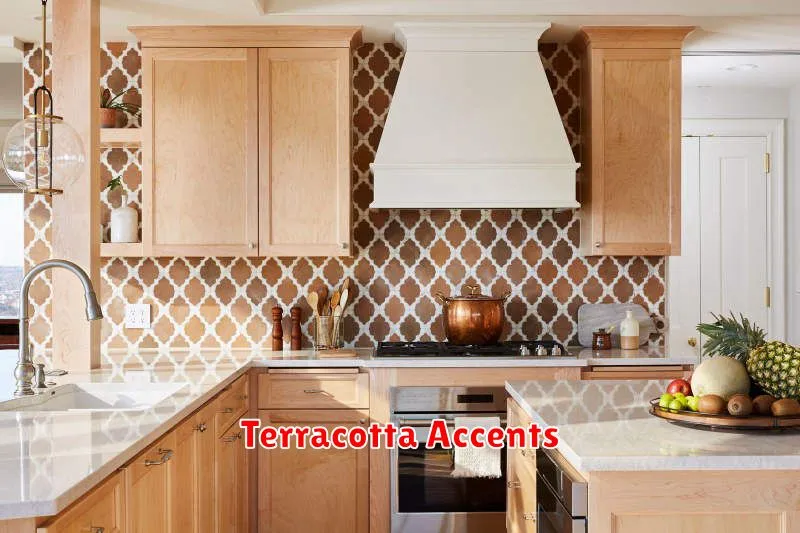
Bring warmth and a touch of the Mediterranean to your home with terracotta accents. This earthy, reddish-brown hue is experiencing a major resurgence in interior design, offering a versatile and inviting aesthetic that works beautifully in a variety of styles.
Versatility is key when it comes to terracotta. Its natural tones complement both modern minimalist spaces and rustic farmhouse settings. Imagine a sleek, white kitchen punctuated by terracotta cookware, or a cozy living room featuring a terracotta vase filled with dried flowers. The possibilities are truly endless.
Incorporate terracotta subtly with smaller items such as decorative bowls, candle holders, or plant pots. These details add character without overwhelming the room. Alternatively, make a bolder statement with larger pieces like a terracotta floor tile backsplash or a statement armchair upholstered in terracotta fabric.
Texture plays a vital role in showcasing terracotta’s beauty. The slightly rough texture of terracotta pottery contrasts beautifully with smooth surfaces, creating visual interest. Consider pairing terracotta pieces with materials like linen, wood, or marble for a sophisticated and balanced look.
Color coordination is crucial. Terracotta pairs well with a wide range of colors. For a warm and inviting feel, combine it with creamy whites, warm beiges, and deep browns. For a more vibrant look, try pairing it with mustard yellows, olive greens, or dusty pinks.
Don’t be afraid to experiment! Whether you’re a seasoned interior design enthusiast or just starting to explore your style, incorporating terracotta accents is a simple yet effective way to add personality and warmth to your home. Let your creativity guide you and enjoy the process of creating a space that reflects your unique taste.
Classic White with Marble
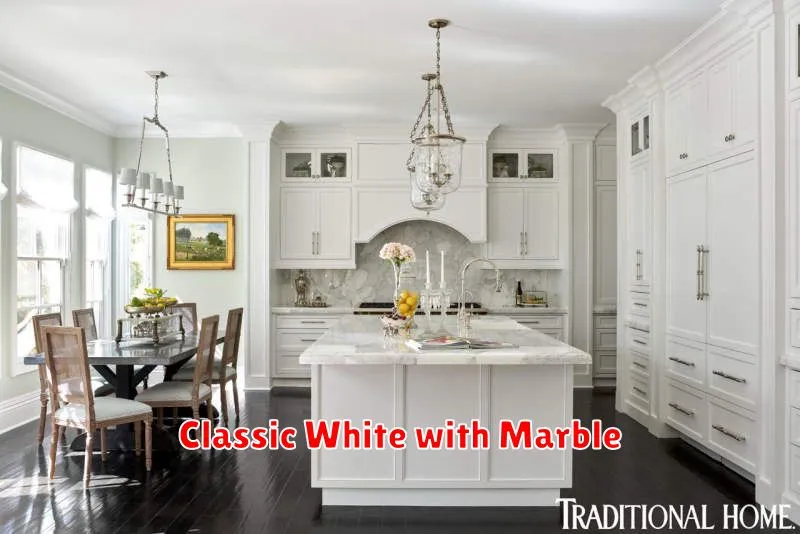
The classic white kitchen remains a timeless choice, offering a clean, bright, and versatile canvas for your culinary creativity. Its enduring appeal lies in its ability to adapt to various styles, from minimalist modern to cozy farmhouse chic. This inherent flexibility makes it a safe and stylish investment for your home.
Introducing marble elevates the classic white kitchen to a whole new level of sophistication. The cool, elegant tones of marble countertops, backsplashes, or even flooring, create a luxurious feel that complements the purity of white cabinetry and walls. The subtle veining adds a touch of natural artistry, preventing the space from feeling sterile.
Consider different types of marble to suit your specific taste and budget. Carrara marble, with its iconic gray veining, provides a classic and elegant look. Calacatta marble, known for its bolder, more dramatic veining, offers a more opulent feel. And for a more affordable alternative, consider marble-look porcelain tiles, which capture the essence of natural marble without the high cost and maintenance.
To avoid a stark, cold feeling, incorporate warmth through elements like wooden flooring, brass hardware, or woven textures. A statement lighting fixture above the island or dining table can add a touch of personality and drama. And don’t forget the power of plants! Greenery can help soften the overall look and bring life into the space.
The combination of classic white and marble is a winning formula for a kitchen that is both stylish and functional. It’s a design choice that will stand the test of time, offering a clean, bright, and sophisticated space that you’ll love for years to come. So, whether you’re embarking on a full kitchen renovation or simply looking for inspiration, consider the enduring elegance of this classic pairing.

